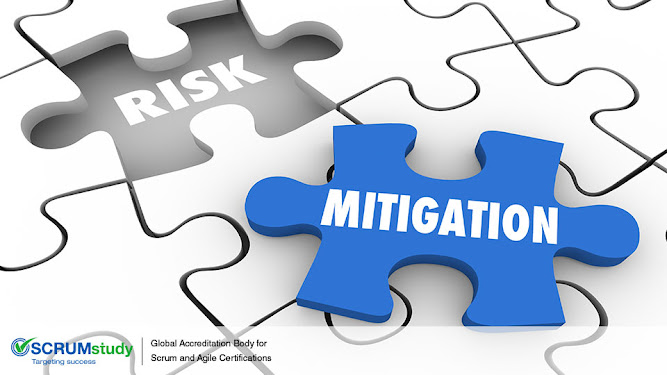Can Release Planning be Skipped?
The answer to this question is No. Release planning is a very important part of the Scrum process. In this process, the Scrum Core Team reviews the User Stories in the Prioritized Product Backlog to develop a Release Planning Schedule, which is essentially a phased deployment schedule that can be shared with the project stakeholders. Length of Sprint is also determined in this process.
Release Planning Sessions
Release Planning Sessions are conducted to develop a Release Plan. The plan defines when various sets of usable functionality or products will be delivered to the customer. In Scrum, the major objective of a Release Planning Meeting is to enable the Scrum Team to have an overview of the releases and delivery schedule for the product they are developing – so that they can align with the expectations of the Product Owner and relevant stakeholders (primarily the project sponsor).
Release Planning Schedule
A Release Planning Schedule is one of the key outputs of the Conduct Release Planning process. A Release Planning Schedule states which deliverables are to be released to the customers, along with planned intervals, and dates for releases. There may not be a release scheduled at the end of every Sprint iteration. At times, a release may be planned after a group of Sprint iterations are completed. Depending on the organization’s strategy, Release Planning sessions in projects may be driven by functionality, in which the objective is to deliver, once a predetermined set of functionality has been developed, or the planning may be driven by date, in which the release happens on a predefined date. The deliverable should be released when it offers sufficient business value to the customer.




Comments
Post a Comment